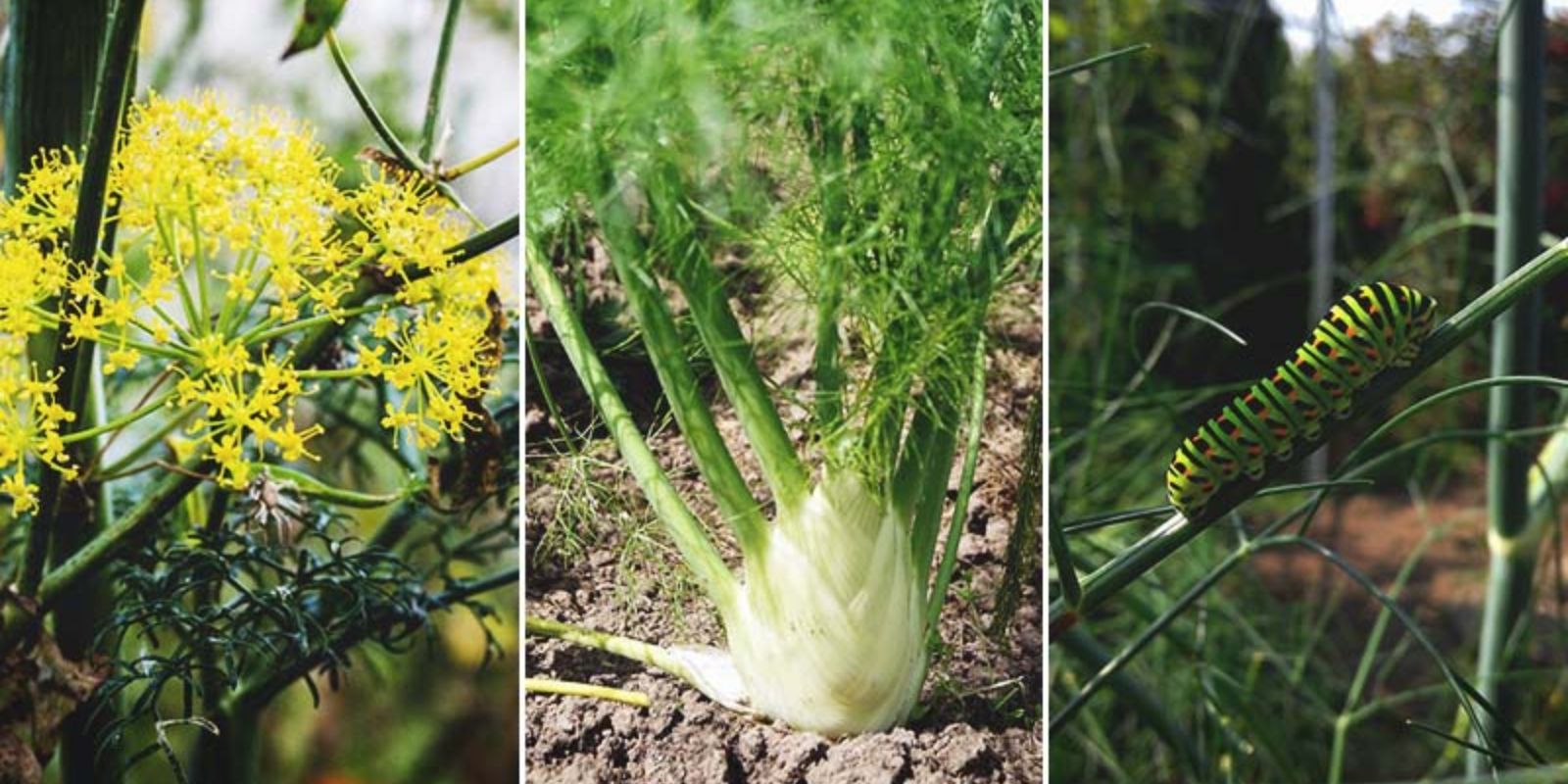Introduction
Fennel is a remarkably versatile herb and vegetable that can elevate your culinary creations with its unique flavor profile. Known for its crisp bulbs, delicate fronds, and aromatic seeds, fennel offers a range of uses from salads to stews. Whether you’re a seasoned gardener or a newbie looking to try something new, growing fennel in your garden can be a rewarding experience. This comprehensive guide will walk you through everything you need to know to successfully grow fennel and enjoy its myriad benefits.
Choosing the Right Fennel Variety
Fennel comes in two main varieties: bulb fennel and leaf fennel. Understanding the differences between them will help you decide which is best for your garden and culinary needs.
- Bulb Fennel (Foeniculum vulgare var. azoricum): This variety is grown primarily for its enlarged, bulbous base. It’s known for its crisp texture and mild anise flavor, making it ideal for roasting, grilling, or eating raw in salads.
- Leaf Fennel (Foeniculum vulgare): Also known as frond fennel or herb fennel, this variety is cultivated for its feathery, aromatic leaves and seeds. The leaves are often used as a herb in cooking, while the seeds are a popular spice.
Planting Time
Fennel is a cool-season crop that thrives in moderate temperatures. The timing of planting is crucial for a successful harvest:
- Direct Sowing: Sow fennel seeds directly into the garden bed after the danger of frost has passed. This typically occurs in early spring, once the soil temperature reaches about 60°F (15°C).
- Indoor Starting: For an earlier start, you can sow fennel seeds indoors 6-8 weeks before the last expected frost. This gives the plants a head start before they are transplanted outside.
Soil Preparation
Fennel grows best in well-draining, nutrient-rich soil. Here’s how to prepare the soil for optimal growth:
- Soil Type: Choose loamy soil that drains well. Fennel does not tolerate waterlogged conditions, which can lead to root rot and other issues.
- Soil pH: Aim for a soil pH between 6.0 and 7.0. You can test your soil with a pH meter and amend it as needed with lime to raise the pH or sulfur to lower it.
- Organic Matter: Enrich the soil with compost or well-rotted manure to provide essential nutrients and improve soil structure.
Planting Fennel
Planting fennel correctly ensures healthy growth and a bountiful harvest:
- Spacing: Space fennel seeds or seedlings about 12 inches apart to allow ample room for the bulbs to develop or the fronds to spread. For bulb fennel, ensure that the spacing allows for the bulbs to form properly without crowding.
- Planting Depth: If sowing seeds directly, plant them about 1/2 inch deep. For seedlings, transplant them when they are 4-6 inches tall and have developed a strong root system.
- Watering: Water the planting area thoroughly before sowing or transplanting. Keep the soil consistently moist but not waterlogged throughout the growing season.
Care and Maintenance
Proper care and maintenance are key to growing healthy fennel plants:
- Watering: Fennel requires regular watering to keep the soil moist. During dry spells, increase the frequency of watering to prevent the soil from drying out. However, avoid overwatering, as this can lead to root rot.
- Fertilizing: Apply a balanced fertilizer (such as 10-10-10) once a month to provide essential nutrients. Be cautious not to over-fertilize, as excessive nitrogen can lead to excessive foliage growth at the expense of bulb development.
- Mulching: Mulch around the base of the plants to retain soil moisture, suppress weeds, and regulate soil temperature.
Pest and Disease Management
Fennel is generally resilient, but it can be susceptible to certain pests and diseases. Here’s how to manage them:
- Pests: Watch for pests like aphids, slugs, and caterpillars. Use organic pest control methods such as neem oil, insecticidal soap, or handpicking pests to keep them in check.
- Diseases: Fennel may encounter issues such as powdery mildew or root rot. Ensure proper air circulation around the plants and avoid overcrowding. Remove affected plants promptly to prevent the spread of disease.
Harvesting Fennel
The timing of the harvest depends on the variety you’re growing:
- Bulb Fennel: Harvest bulbs when they are 3-4 inches in diameter and firm to the touch. For the best flavor and texture, harvest before the bulbs start to split or flower.
- Leaf Fennel: For leaf fennel, snip the fronds as needed throughout the growing season. The leaves can be used fresh or dried for later use. Harvest seeds when they are brown and dry for culinary use or replanting.
Storing and Using Fennel
After harvesting, fennel can be stored and used in various ways:
- Bulb Fennel: Store fresh bulbs in the refrigerator for up to two weeks. Bulbs can be roasted, grilled, sautéed, or eaten raw in salads.
- Leaf Fennel: Store fennel fronds in a plastic bag in the refrigerator. Use the leaves fresh or dried in cooking. Fennel seeds can be stored in an airtight container in a cool, dark place for several months.
Conclusion
Growing fennel is a delightful and rewarding endeavor that enhances your garden with both its culinary and ornamental qualities. By following this ultimate planting guide, you can successfully cultivate fennel and enjoy its unique flavor and health benefits. Whether you choose bulb fennel for its crunchy texture or leaf fennel for its aromatic fronds, you’ll be adding a valuable and versatile plant to your garden.
Call to Action
Are you ready to grow your own fennel? Share your planting experiences, tips, or any questions you have in the comments below. Let’s cultivate a garden full of fresh, flavorful fennel together! 🌿🌱

